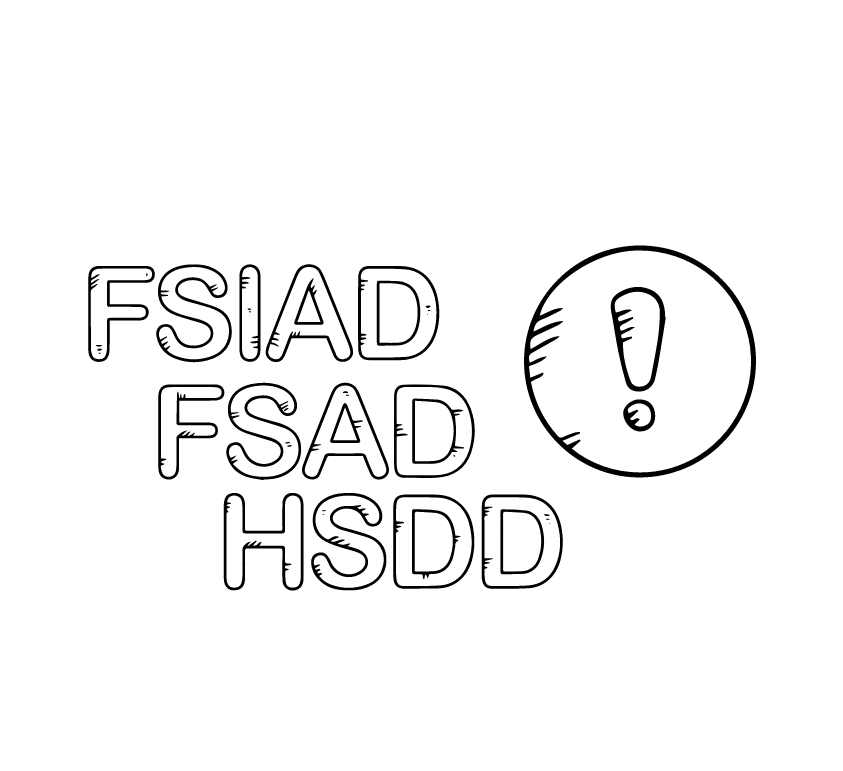The research low sexual desire and arousal (or sexual dysfunction) in women
This page is a hub for scientific research on female sexual interest/arousal disorder (FSIAD), hypoactive sexual desire disorder (HSDD) and female sexual arousal disorder (FSAD) in women.

Read relevant abstracts here
Peragine DE et al., 2022 - Gender differences in experience of first intercourse are among the largest in sexuality research, with women recalling less pleasure and satisfaction than men.
•
March 1, 2023
Brotto LA et al., 2021 -
A group of Canadian researchers, led by Dr. Lori Brotto of the University of British Columbia, were interested in whether group therapies could benefit women with low sexual desire and/or arousal and distress, and if it could last longer term (6-12 months).
•
March 1, 2023
Kingsberg SA, Clayton AH and Pfaus JG, 2015 - New studies suggest that healthy female sexual function relies on the interaction of both the body and the brain. Various brain pathways and associated neurochemicals are involved in the rewards associated with sexual activity, as well as the excitement and inhibition of sexual responses.
•
March 1, 2023
Tuiten A. et al., 2008 - Effective treatments for physical symptoms of sexual dysfunction have been available since the late 1990s for men, but there are limited treatment options for women. This study describes clinical trials conducted to test out two new products for the treatment of sexual dysfunction in women.
•
March 1, 2023
Fooladi E, Bell RJ, Whittaker AM and Davis SR, 2014 -
Hormone therapy has been used to treat problems with sexual desire, arousal, orgasm, and painful intercourse. What do women expect to change with hormonal treatment, and what does this say about how they view their sexual challenges?
•
March 1, 2023
Shifren JL et al., 2008 -
In one of the largest studies conducted to date on women’s sexual dysfunction, the PRESIDE study was conducted to get a better understanding of sexual problems reported by women, such as low sexual desire, low arousal, and/or orgasm difficulties.
•
February 6, 2023